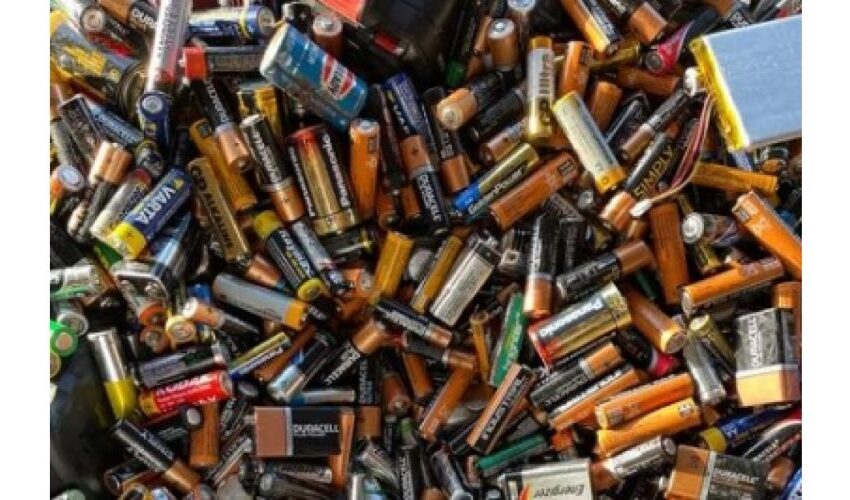e-waste threat looms large

Team L&M
Delhi-NCR is turning into the world’s e-waste dumping yard with the capital alone getting 85 per cent of waste generated in the developed world. And by 2020, in all likelihood the region will generate about 1,50,000 metric tonnes (MT) of e-waste annually. These shocking facts were revealed in a study done by the Council on Climate Change & Environment, ASSOCHAM.
“All this is thanks to the low organised recycling, cross-border flow of waste equipment into India, limited reach out and awareness regarding disposal and lack of coordination between various authorities,” says ASSOCHAM secretary general D S Rawat.
E-waste includes discarded computer monitors, motherboards, Cathode Ray Tubes (CRT), Printed Circuit Board (PCB), mobile phones and chargers, compact discs, headphones, white goods such as Liquid Crystal Displays (LCD)/ Plasma televisions, air conditioners, refrigerators and so on. With increasing use of these in our everyday life, e-waste is also piling up. Almost half of all unused and end-of-life electronic products lie idle in landfills, junkyards and warehouses.
Computer equipment accounts for almost 68 per cent of e-waste followed by telecommunication equipment (12 per cent), electrical equipment (8 per cent) and medical equipment (7 per cent). Other equipment, including household e-scrap, accounts for the remaining 5 per cent, the study said.
As many as 12,500 mobile handsets, 8,500 TV sets and 5,500 personal computers are dismantled Delhi every day for reuse of their component parts and materials as these products are getting more affordable and more and more people are using them. Increasing usage also leads to more of them coming up for disposal, thus increasing the rate of obsolescence and replacement, the report said.
These products have components that contain toxic substances like lead, cadmium, mercury, hexavalent chromium, plastic, PVC, BFRs, barium, beryllium, and carcinogens like carbon black and heavy metals. This deadly mix can cause severe health problems in those handling the waste, adds the paper.
The sad part is less than 1.5 per cent of India’s total electronic waste (1.3 million metric tonnes per annum) gets recycled due to absence of proper infrastructure, legislation and framework.
Most often the parts are dismantled and the waste burnt to extract expensive metals, including gold. The toxic fumes and the constant touch with metals like mercury, lead or cadmium can give rise to a host of ailments for workers involved in the unsupervised and unsafe process.
As per the ASSOCHAM study, about 6,00,000 workers are employed in the various organized and unorganized recycling units in the state.
It is time each state develops its own scrap yards so that the environmental hazards are minimized.

